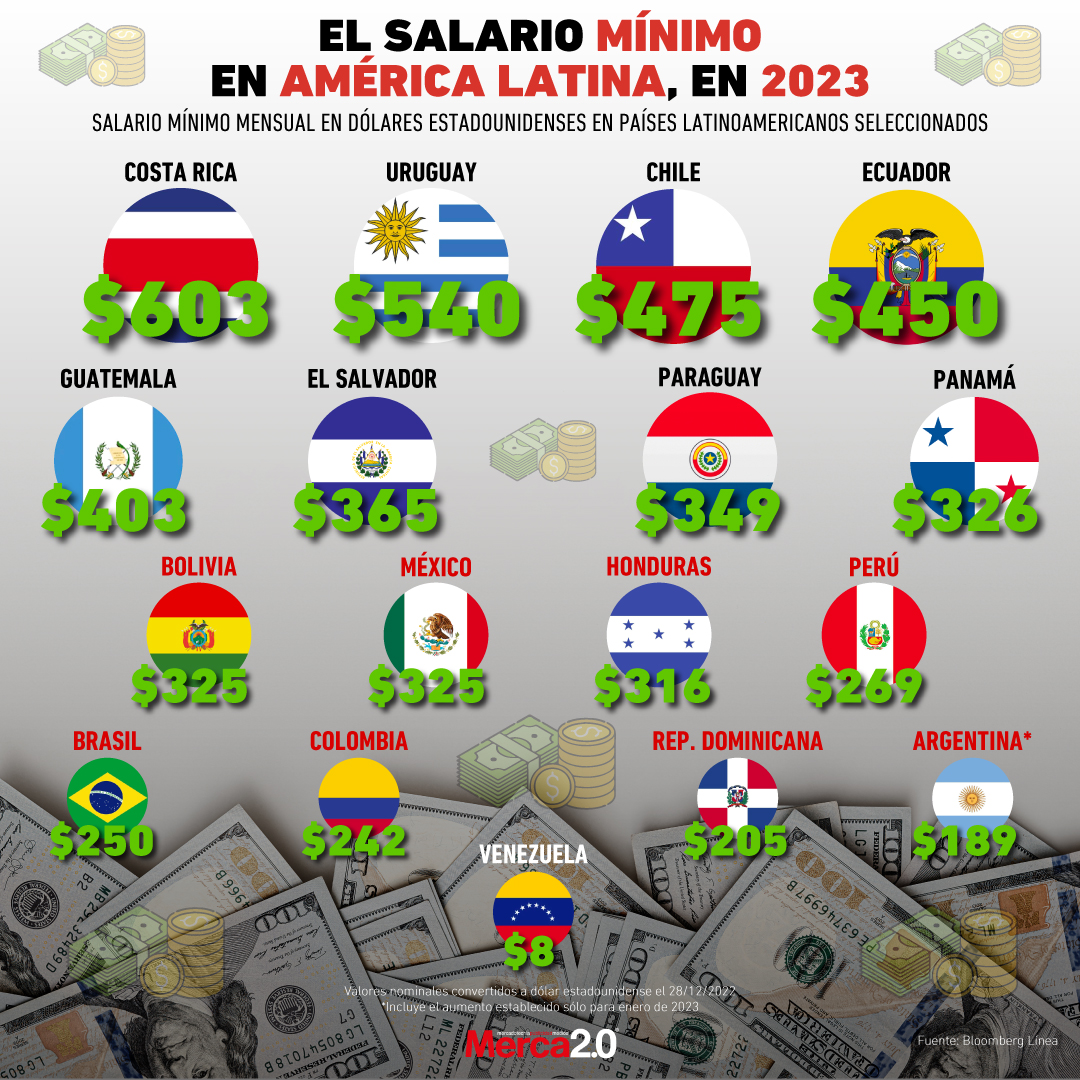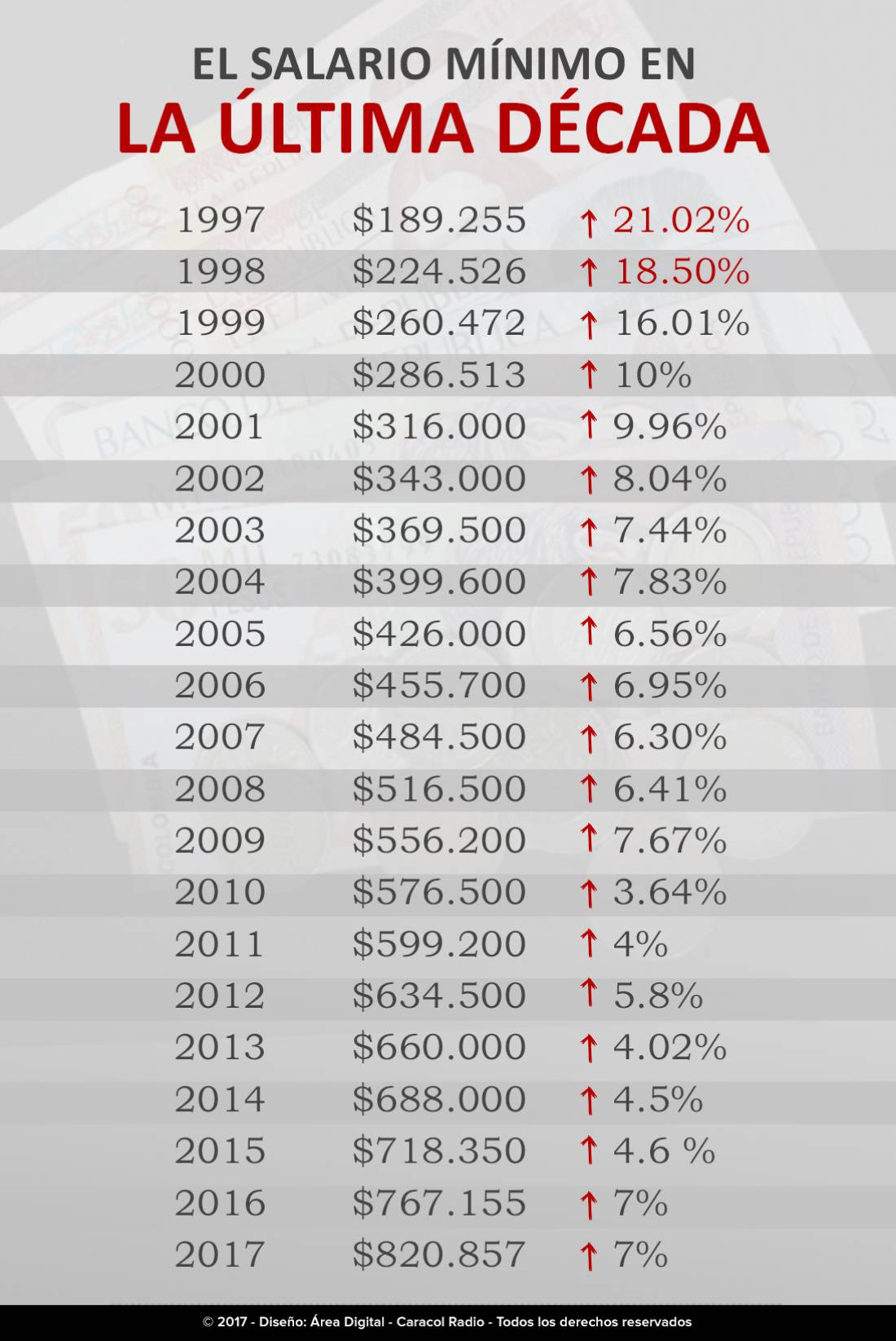Evolution of Minimum Wage in the United States: A Historical Overview 1938-2025
BlogTable of Contents
- Incremento del salario mínimo para 2024 y 2025 | Mi Nota
- Salario mínimo en 2024: dicen cuánto subiría, según dato de inflación ...
- El salario mínimo aumentará entre 15% y 20% para 2024, prevén analistas
- Salario Minimo Argentina 2024au - Marys Maribeth
- Aumento del Salario Mínimo en EE.UU. en 2024: ¿Qué Estado Ofrecerá el ...
- Dos Salarios Minimos 2024 - Cal Leanor
- Salario mínimo de 2024 sería de $ 1'300.000, dicen varios analistas
- Importante Subida del Salario Mínimo en 2024 - Contafacil
- Presentan propuestas para fijar el Salario Mínimo en 2024 - Canal Antigua
- Ya está la lista de salarios mínimos para 2024 | Repretel



Introduction to Minimum Wage in the U.S.



Historical Overview: 1938-2025




Future Projections: 2025 and Beyond
Looking ahead to 2025, discussions around the minimum wage continue, with proponents arguing for increases to match the rising cost of living and opponents citing concerns about job losses and economic impacts. The Biden administration has proposed raising the federal minimum wage to $15 per hour, a move that would significantly impact low-wage workers and potentially the broader economy. The evolution of the minimum wage in the United States from 1938 to 2025 is a complex narrative of economic, political, and social factors. While the federal minimum wage has not kept pace with inflation or the growing cost of living in recent years, state and local initiatives have led the way in ensuring a higher standard of living for many workers. As the country looks to the future, the debate over the minimum wage will continue, influenced by economic conditions, political will, and the pursuit of fairness and equity in the labor market. For the most current and detailed data on the minimum wage and other economic indicators, Trading Economics provides comprehensive and up-to-date information, serving as a valuable resource for researchers, policymakers, and the general public interested in understanding the intricacies of the U.S. economy.Keywords: minimum wage, United States, economic data, Trading Economics, labor rights, Fair Labor Standards Act, cost of living, inflation, economic growth.